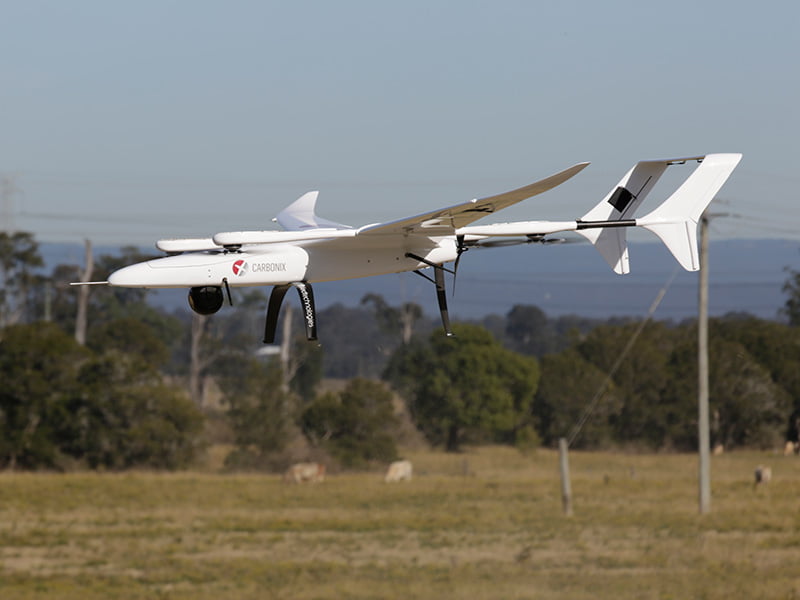Opinion: Australia is a world leader in drone technology. From surveying to agriculture to deliveries and passenger transport, Australia is at the cutting edge of drone hardware, software, payload capabilities and logistics support.
For the industry to continue on this trajectory and for widespread commercial adoption to follow, regulation needs to keep pace.
As a nascent industry, drone technology can be perceived as relatively unproven. More precisely, the data points are widely scattered, being spread out over time and between alternative modes and solutions. What industry experience exists represents vastly different approaches implemented by diverse players, ranging from universities through start-ups to well-established aerospace companies and commercial operators.

The regulatory challenge then is quantifying risk based on imperfect information and a relatively short track-record. The sensible approach so far has been to focus on outcome-based approvals where each mission is judged on the risk assessment and mitigations declared by the proponent. This has allowed progress with some world-leading trials taking place in Australia. But it is a labour-intensive process that necessarily takes time – a considerable barrier to commercial adoption as it requires advanced planning with uncertain timelines around when a mission might be approved to be carried out.
As a step in the right direction, standard conditions have been defined under which missions can be flown with little regulatory interaction. These are roughly the equivalent of visual flying rules and take place in airspace and above land that is not heavily trafficked or inhabited.
Though valuable R&D can be carried out under such conditions, for drones to contribute commercial value they must be able to operate freely beyond the immediate proximity of the operator (“over the horizon”) and in non-segregated airspace near population centres.
Technological and procedural solutions to do this are rapidly coming of age. However, the current requirement for each to be approved via a lengthy consultative process is stifling adoption.
The next step is standardising and streamlining the regulatory regime for complex missions (beyond line of sight, over populous areas, in airspace shared with conventional aviation, and remotely operating multiple drones from centralised locations). Fortunately, there is an awareness of this need and wheels are in motion to address it.
The federal government acknowledged the potential of the industry when, earlier this year, it announced the Emerging Aviation Technology Partnerships Program (EATP). Its intention was to encourage the adoption of emerging aviation technologies to address community needs, particularly in regional Australia. This initiative is a great way to explore drone applications that are sufficiently mature to be flown in real-world conditions. Proving out proposed concepts of operation will help quantify the types of risks and rewards involved, yielding valuable case studies carried out in controlled conditions.
The collaborative approach gives frontline players a way to demonstrate industry trends to government and regulators and could be the perfect point to collaborate on regulatory evolution. Exposure to new ways of doing things will inform all parties about specific merits and risks to be considered when developing policy and regulation.
Government moves to help accelerate growth in the drone sector acknowledge the detrimental effect of legacy rules and approval processes based on outdated assumptions. Building sufficient flexibility and responsiveness into regulations to keep up with extreme technological evolution is inherently challenging. Failing to simplify and accelerate approvals would keep the industry effectively grounded.
Dario Valenza is the founder and CTO of Carbonix
Do you know more? Contact James Riley via Email.
